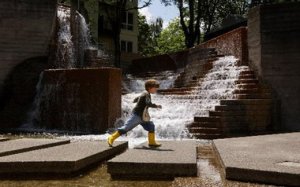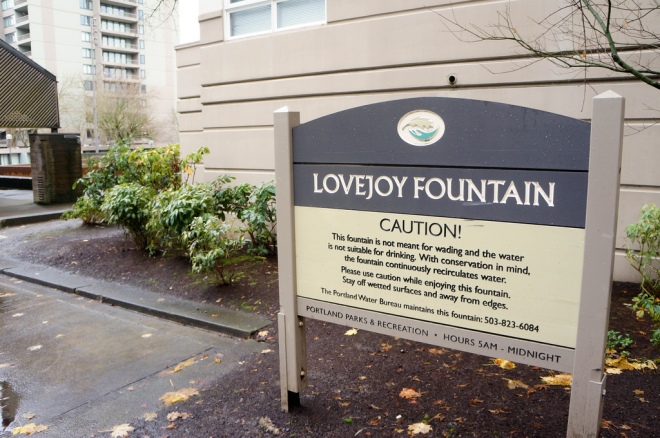What is design really all about? Design, particularly environmental design, has a profound responsibility. It is, in a sense, the bearer of the cultural value system of a community. For that reason, environmental design goes way beyond the visual; it is much more pervasive. It deals with cultural issues, with context, with lifestyle, with social and economic issues; it has profound ecological ramifications and influences on the future of the planet; it deals with the whole community as well as the individual; it is contributing to a human ecology and, in that sense, it must be multi-sensory and holistic. And, I think, holistic is the operative word.
Perhaps more importantly, landscape design must go much deeper than image-making, which simply trivializes it. It is, after all, not a matter of constantly changing style, as some people think -like the redesign of new fashions each season. It has nothing to do with old-fashioned carpet bedding or modish, intricate gridded patterning on the ground, which is the more recently stylish way of doing things.
Landscape design is about social relevance, it can become poetic and symbolic, but, perhaps most importantly, it can articulate a culture’s most spiritual values.
For its best meaning, it can strive to externalize and make feasible spiritual values-for individuals, for a community, and for the whole planet. The role of the landscape designer can be similar to the role of a Shaman who, in the Dutch teacher Beuy’s words, “can transform base materials into mystical touchstones.” Beautiful term.
ln that way, landscape design is like alchemy. That is what makes it an important art form, and why, in fact, it is worthy for us to pursue this particular profession. Some of the most remarkable transformational environments l have personally experienced exhibit manifestations of spiritual values. They have altered my life.
What they seem to do is release in people something inherent inside them, something that is already there. They evoke some basic need, which lies dormant until it is evoked.
These environments speak to us at a basic, human, archetypical level, revealing to us our latent human and spiritual values.
Lawrence Halprin, Design as a Value System (1989)
Lawrence Halprin, Sea Ranch Sketches and Views (1972)













































